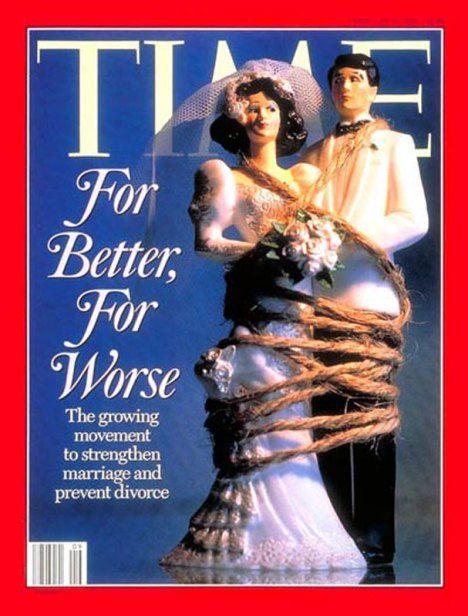In media representation of the wedding, the dress has special status. In fact, even though the focus is ostensibly on the bride, much of the attention is actually lavished on the dress itself. Choosing the dress is an experience often likened (in the media) to finding true love. In bridal salons, finding the dress is talked about in terms of finding “the one” and this translates into media images of the dress (Mead, 2007). Mead, researching the wedding industry, found that the big white dress is marketed as transformative. It is the key to the “proper” wedding experience and the magic ingredient that turns a woman into a bride. Reality TV shows that revolve around weddings echo this sentiment. The preparations for the wedding are depicted as a transformative process for the bride (Engstrom, 2008). Women undergo painful beauty procedures to elevate them from their everyday look to a special level of beauty (no matter how painful).There is a sense that the bride is being beautified for the dress, so that she can measure up to its beauty.
The USA Character Fantasy segment “Esmeralda: Wedding Dress” (Web Exclusive on Hulu.com) perfectly encapsulates the transformative power ascribed to the wedding dress by the media. Esmeralda is shown as a bit plain, with sad and difficult life circumstances. Her fantasy is to find the perfect dress for her upcoming wedding, and USA sweeps in to her rescue. The right dress will transform her into a beautiful bride and bring joy into her life.
At the same time, the character fantasy segment showcases the commercialized aspects of the wedding culture, as it functions as a lengthy advertisement for David’s Bridal barely camouflaged as a feel good personal make-over. While Esmeralda gets to choose her new dress, we hear about the benefits of one-stop wedding shopping at David’s Bridal. And once the dress has been found, the happy bride-to-be learns that in order to truly be queen for the day, she must now bedeck herself in tiara, veil, jewelry, gloves, etc. All of this courtesy of the show in this case but any real brides also yearning to be queen for a day must open their wallets.
The idea that consumption is transformative is further emphasized during Esmeralda’s make-over session. After shopping for the accessories, the bride-to-be must get her hair and make-up done so that she may be worthy of her dress. This beauty sequence is repeated in countless wedding reality shows, as well as general wedding narratives in the media (Engstrom, 2008; Mead, 2007). It is a necessary part of the costuming and transformation at the heart of the media’s wedding imagery. This approach to weddings, which insists that a true wedding requires special effort, extra work, special clothes and make-up (for the bride), encourages seeing a wedding as a time to spend money. Consumption becomes the heart of the wedding experience, and what legitimizes the love. Other approaches, less focused on consumption, are crowded out of the media narrative and become less legitimate
Finally, the character fantasy segment puts the ideal bride on display thus championing a certain type of femininity: woman as the object of beauty to be admired. Fully transformed, Esmeralda is the center of a glamorous photo shoot to show off her dress. As she poses in her wedding dress and professional make-up, her actual wedding is still weeks away, raising the question of whether she will be able to recreate the look captured in these photos. The wedding is reduced to a prop for the bride and the dress and what is emphasized is the bride’s outward beauty.
The media also works to situate weddings in a feminine sphere where consumption and beauty reign (Blakely, 2008, Engstrom, 2008, Mead, 2007). At Esmeralda’s photo session, the groom is not in the picture. There is no need to have the groom present for this photo shoot because this imagery is all about the bride and the dress. This absence of the male further feminizes the wedding in the media and makes clear that weddings are women’s work and preoccupation. The groom becomes little more than an accessory himself in this conception of the wedding.
Filed under: Analysis, brides, Moving Pictures, on TV | Tagged: brides, fairy tale, the big white dress, the missing groom | Leave a comment »




